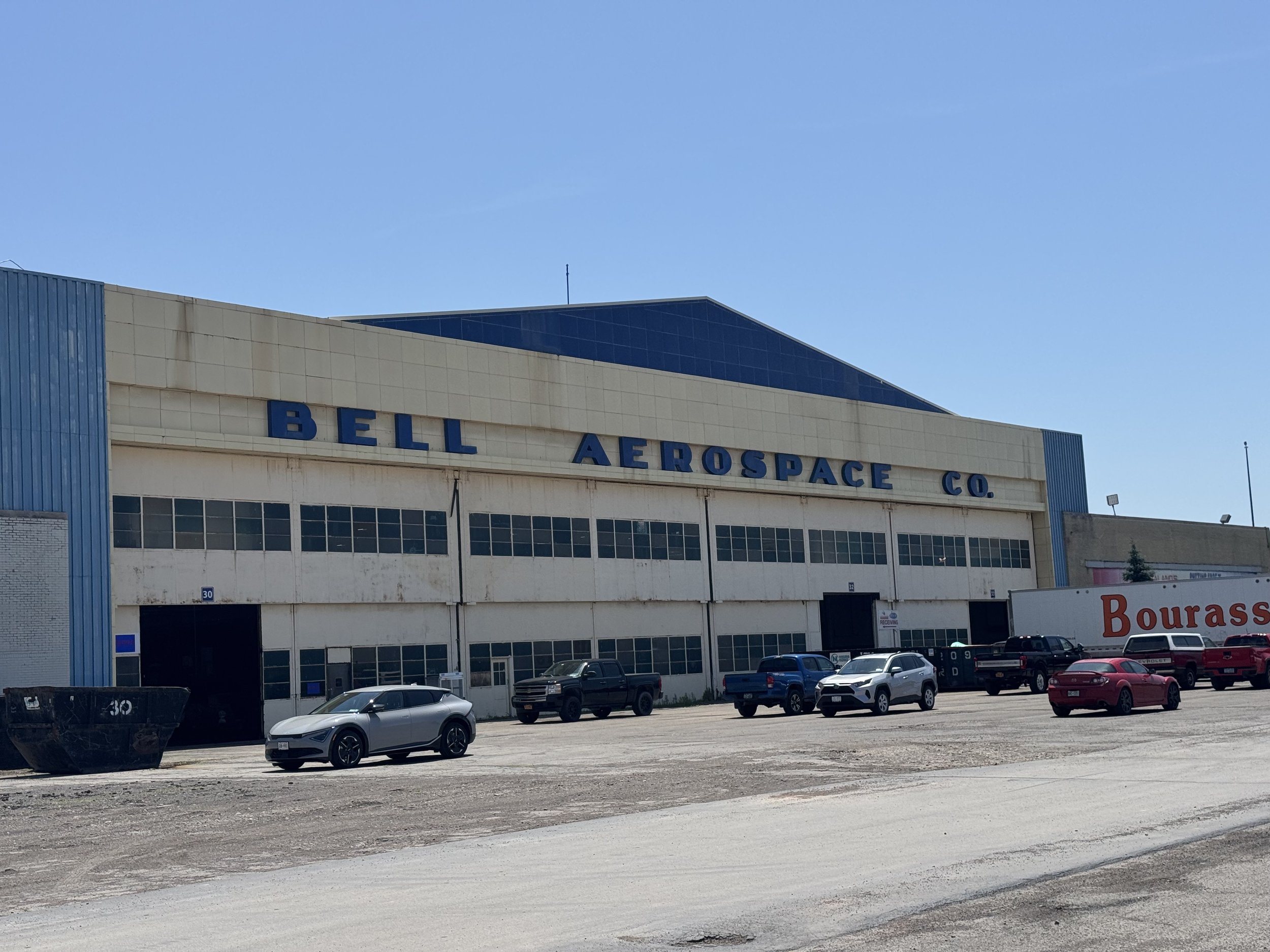Niagara’s Secret Science: The Manhattan Project, Aerospace, and the Hidden History of Innovation
When most visitors think of Niagara Falls, they imagine breathtaking water, world-class tours, and natural wonder. But beneath the mist and memories lies a lesser-known story — one of science, secrecy, and nuclear power that helped shape the 20th century.
⚛️ Niagara and the Manhattan Project
During World War II, Niagara Falls quietly became a key industrial site for the U.S. government’s Manhattan Project, the top-secret mission to develop the atomic bomb.
While most history books focus on Los Alamos or Oak Ridge, Niagara played a crucial role through several facilities in the area:
Tonawanda, NY – Linde Ceramics Plant: Here, uranium ore from the Belgian Congo was processed into uranium oxide — one of the raw materials used in building the first nuclear weapons.
Lewiston – Lake Ontario Ordnance Works (LOOW): A sprawling 7,500-acre military site where radioactive residues and nuclear byproducts were stored. Much of the leftover waste was later moved to the nearby Niagara Falls Storage Site, which still holds tons of radioactive material today.
☢️ Radioactive Roads?
One of the most shocking parts of this history? Radioactive waste from these operations didn’t always stay contained.
In the decades after the war, radioactive slag and byproducts from uranium processing were used as fill material — dumped into driveways, sidewalks, and roadbeds. At the time, many locals were unaware of the danger.
By the late 1970s and 1980s, investigations revealed that some of these materials gave off dangerously high levels of radiation — in some cases, 70 times above background levels. Even today, some of those sites, remain under federal monitoring or awaiting full remediation.
🚀 Bell Aerospace: Rocket Science in Western New York
Just a short drive from Niagara Falls, in Wheatfield and Amherst, Bell Aerospace was doing what once seemed like science fiction — and turned it into reality.
Founded as part of the historic Bell Aircraft Corporation, Bell Aerospace became a major defense contractor and pioneer in the early days of the space race and Cold War aviation.
Some of Bell’s Breakthroughs:
✅ Developed the Bell X-1, the first aircraft to break the sound barrier (flown by Chuck Yeager in 1947).
✅ Built the rocket engines that powered NASA’s Gemini and Apollo programs.
✅ Invented the Bell Rocket Belt — the first working jetpack, tested right in Western New York.
✅ Worked on vertical takeoff aircraft and early spacecraft propulsion systems.
Though Bell’s name isn’t as well-known today, their impact was massive — helping launch America into space and forever linking Niagara to the history of flight and exploration.
✈️ Fun Fact: Some of Bell’s early test flights took place in wide-open spaces near Niagara Falls, with engineers and test pilots pushing the boundaries of physics and possibility.
🔍 Want to See the Sites?
At Go Niagara Tours, we don’t just show you the scenic — we share the hidden stories too.
Ask about our Science & Power Tour, where you’ll explore the real-life locations behind Niagara’s role in the atomic age, aerospace history, and industrial transformation. It’s a side of the Falls that tourists rarely see — but it’s just as awe-inspiring.
📍 Book now at GoNiagaraTours.com
🎧 And don’t forget to check out the Sound of Niagara Podcast for even more untold stories from the region.
Bell Aerospace closed its operations in Niagara largely due to shifting defense priorities, labor disputes, and corporate restructuring. After World War II, the company began moving major projects to newer facilities in Texas. By the 1990s, the Wheatfield plant was officially shut down, and much of the site has since been repurposed or demolished. Though Bell is gone, its legacy lives on through the Niagara Aerospace Museum and local companies like Moog that continue the region’s aerospace tradition.


